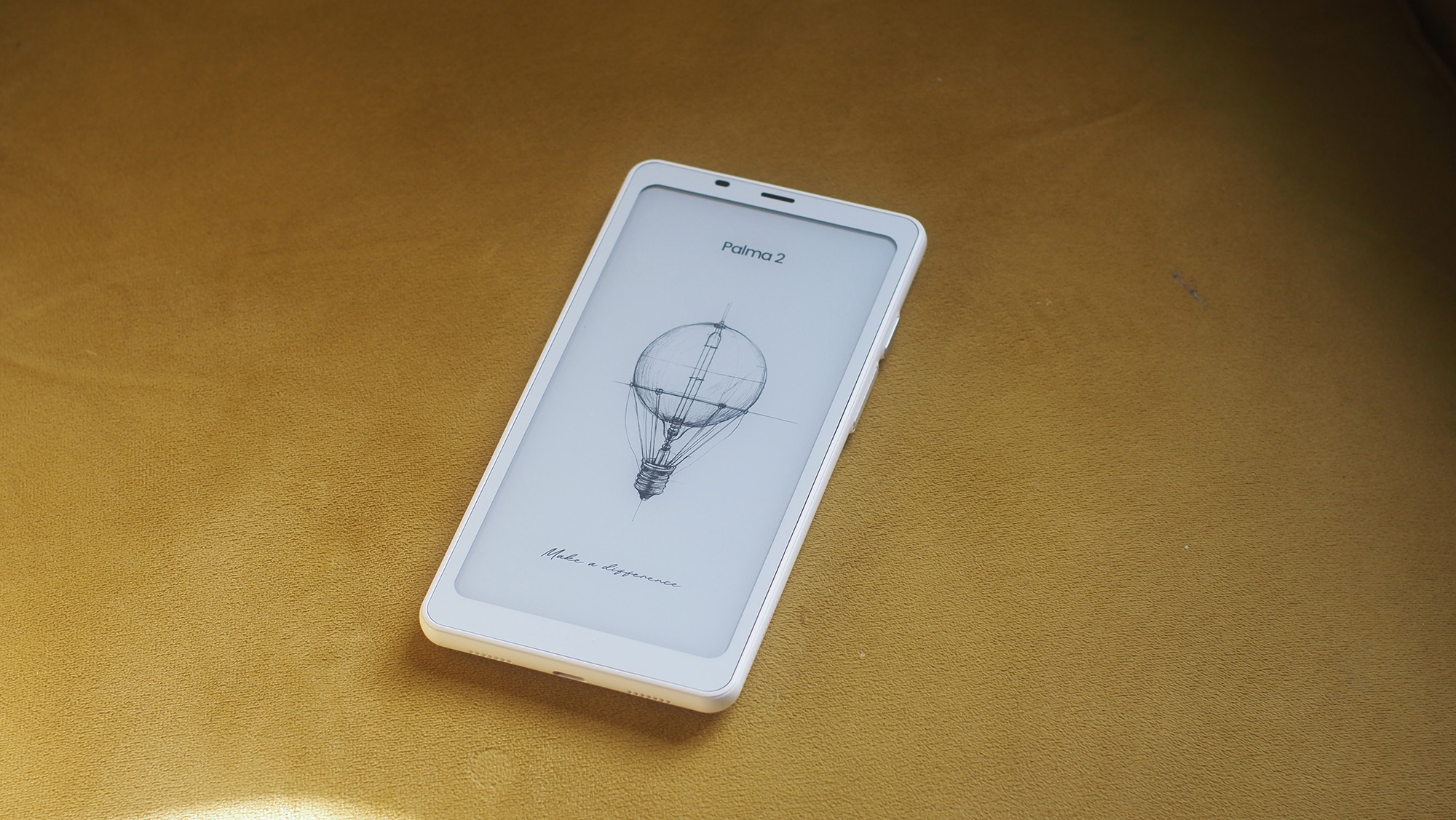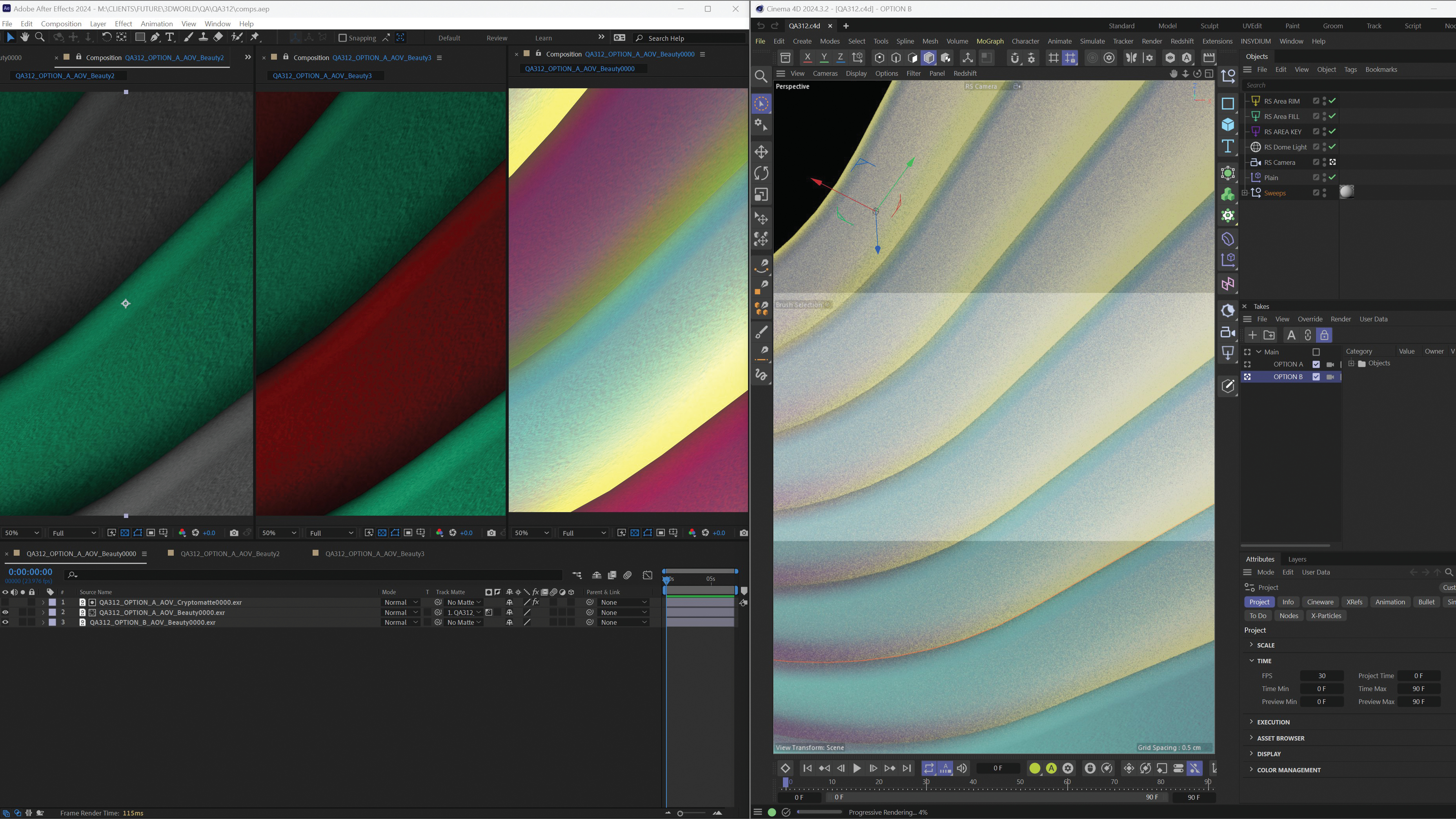Our Verdict
The Palma 2 is an accomplished e-reader that ticks off all the basics and then some. It is comfortable to use, has great battery life and a high quality e-ink display. Its main weakness? The original is 5% cheaper and 99% the same, leaving the sequel without a clear reason to exist.
For
- Great size for an e-reader
- Nice e-ink display
- Good battery life
Against
- Same design as the last
- No mobile internet
- Doesn’t feel worth the price
Why you can trust Creative Bloq
As I open up the box containing the Boox Palma 2, I'm reminded that you can say that the e-reader market isn’t the most cutting edge or innovative.
Following an initial explosion of the devices around fifteen years ago, where they were mooted to make the common book obsolete, they’ve since found a comfortable niche, with several models among the best e-ink tablets on the market today.
Amazon sells its iterative Kindle devices, Kobo has a well-respected selection, and for a long time that’s been the rough totality of things. That is until more recently, with the addition of Chinese players like Boox.
As with many smaller firms, the company has prioritised fast innovation with its products, stretching the definition of what we might call an e-reader. If you can fit an e-ink display in it, chances are that Boox has tried it. But with the Palma line it has found some success in offering an e-ink screen in a phone form-factor.
So much so that we have the Palma 2, a refinement of its predecessor rather than an outright replacement. The first Palma was a breath of fresh air, original and pleasant to use, but the question is, does the sequel live up to the original? Has lightning been bottled once again?
Read on to find out.
Boox Palma 2: Key specifications
Chipset: | Octa-core (unspecified) |
RAM: | 6GB |
Storage: | 128GB |
OS: | Android 13 |
Screen: | e-ink |
Cameras: | 16MP |
Connectivity: | WiFi, Bluetooth |
Battery: | 3,950mAh |
Dimensions: | 159 x 80 x 8mm |
Weight: | 170g |
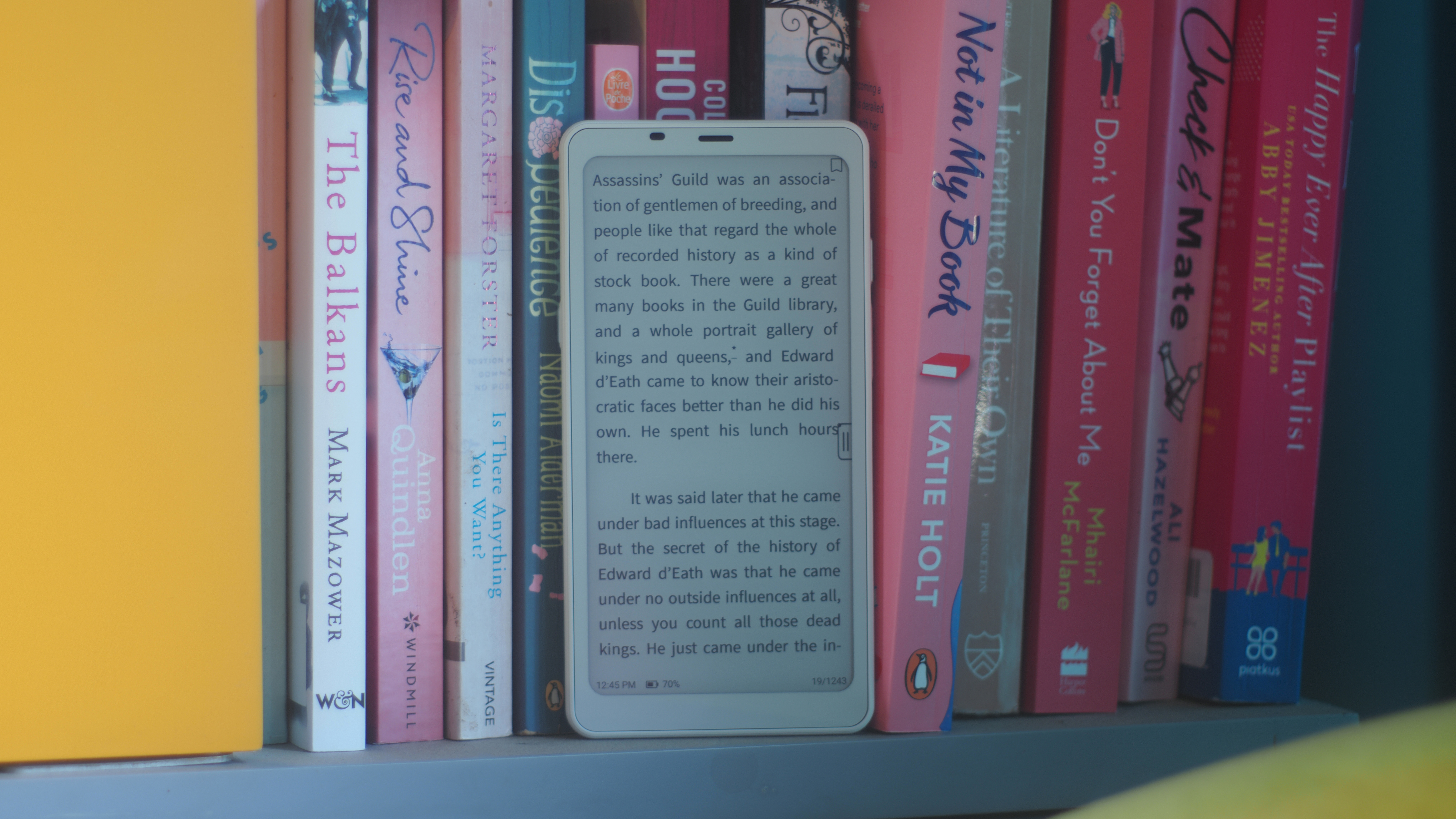
Design and display
• Weighs 170g
• E-ink display
• Monochrome only
With an e-reader, design is everything. More than any smartphone, they’re intended to be held, often in one hand, for long periods of time. To be successful they need to be comfortable, light and grippy, but they also need to feel premium, worth the cost of entry. It’s a difficult balance to strike, as often what’s light can feel cheap, and producing something grippy means using plastic rather than metal.
The Palma 2 is all of those things, plastic, light, grippy, and unfortunately it fails the ‘premium’ test, though that’s less a comment on the quality of its components than its finish.
There’s no other way to say it, the Palma 2 is a plastic fantastic, every part of the construction has used polycarbonate in some way, shape or form. Around the sides that means smooth matte rails, while the rear has a leatherette effect which aids greatly with grip. It isn’t a device which will go floor diving, and it is comparably easy to use in one hand.
That qualifier comes from the size of the bezels, which are substantial. There’s a big chin and forehead, while the sides could use a trim, which means although there is a 6 inch display, the Palma 2 has a much larger footprint than an equivalently priced modern smartphone.
It’s an example of how the Palma 2 conspires to feel just a bit more old fashioned, and less premium, than you might be given to expect. Another is the lack of lamination on the main display, commonplace for smartphones for a number of years, which makes using the device feel more immersive and snappy. There’s a big gap between the display and the cover glass, and it’s easy to see.
None of this is to say that it is poorly constructed, the opposite is in fact true, however it has a design that arrives on the market feeling long in the tooth. That’s not aided by an unfortunate truth, it’s clearly the exact same shell as the original, but with updated internals. Where a product is second or third generation, it’s fair to expect a style to stay the same, with kinks having been ironed out. But to keep the exact same design as a first gen device, though clearly meant to save on costs, means that all of the rough edges remain, sometimes literally.
None of this is to say that the Palma 2 inherently has a bad design, but the advantage of a sequel is the opportunity for refinement, iterative improvement, here that hasn’t been taken.
Moving on to the screen, this section must be completed with the proviso that this is an e-ink display, the intent is to emulate a piece of paper. Typical screen metrics don’t apply here, though as the Palma 2 runs Android it can perform many of the functions of a smartphone. So although you can watch a movie on it, it’s a little like having a dog ride a bike - fun once but pointless and definitely not worth the effort.
That isn’t to say that all e-ink displays are the same however, and the one on the Palma 2 is quite nice all things considered. It features ‘Super Refresh Technology” which theoretically allows for faster refresh speeds than normal, it has dual-tone front lights and it is Carta 1200 ePaper, meaning improved contrast.
Without going into minute detail, it offers lots of options for tweaks too with an in-built control centre, meaning you can change even the colour temperature of the backlight if you like. Being e-ink, the brighter the sunlight the better the visibility, and it also has a pleasantly dim brightness setting for bedtime reading. With a resolution of 300ppi, text is sharp and easy to read. There’s no colour however, this is a monochrome display, which means it really is best for books, comics aren’t an easy fit (unless they too are monochrome).
It’s a device that has been very specifically made for those who read regularly, and who prefer a smartphone form factor for that task. If that doesn’t describe you, then this may not be the best option for you. It isn’t a smartphone replacement with an e-ink display, it’s an e-reader with Android, and there’s a very real difference there.

Features
• Single bottom-firing speaker
• Fingerprint reader
• Custom AI ‘assistant’ in-built
Given the very specific use case of an e-reader, there’s generally little in the way of bells and whistles which can be attached. These are for reading, they aren’t general purpose content consumption machines.
So within that context, things that would be taken for granted on a smartphone can be considered as features here, for example, speakers!
The Boox Palma 2 comes with the same single bottom-firing speaker as the previous model, and though it can’t achieve anything like a stereo effect, it’s great for listening to podcasts and audiobooks.
There’s also a fingerprint reader which can be very slightly finicky in general use and which is positioned a little too high to be useful. It can also be discounted if you are left handed, being as it is on the right side. Depending on the limitations of the technology it might not have been possible, but an under display option would have been much preferred, or one on the rear of the device.
Lastly, among proprietary apps on the device there’s also an AI ‘assistant’, apparently underpinned by GPT3. How useful you find an AI assistant to be on an e-reader will be entirely up to you to decide, but as ever with proprietary apps there’s a little concern over where user data ends up being stored and held. Like life in general, you would be best to avoid entering sensitive data.
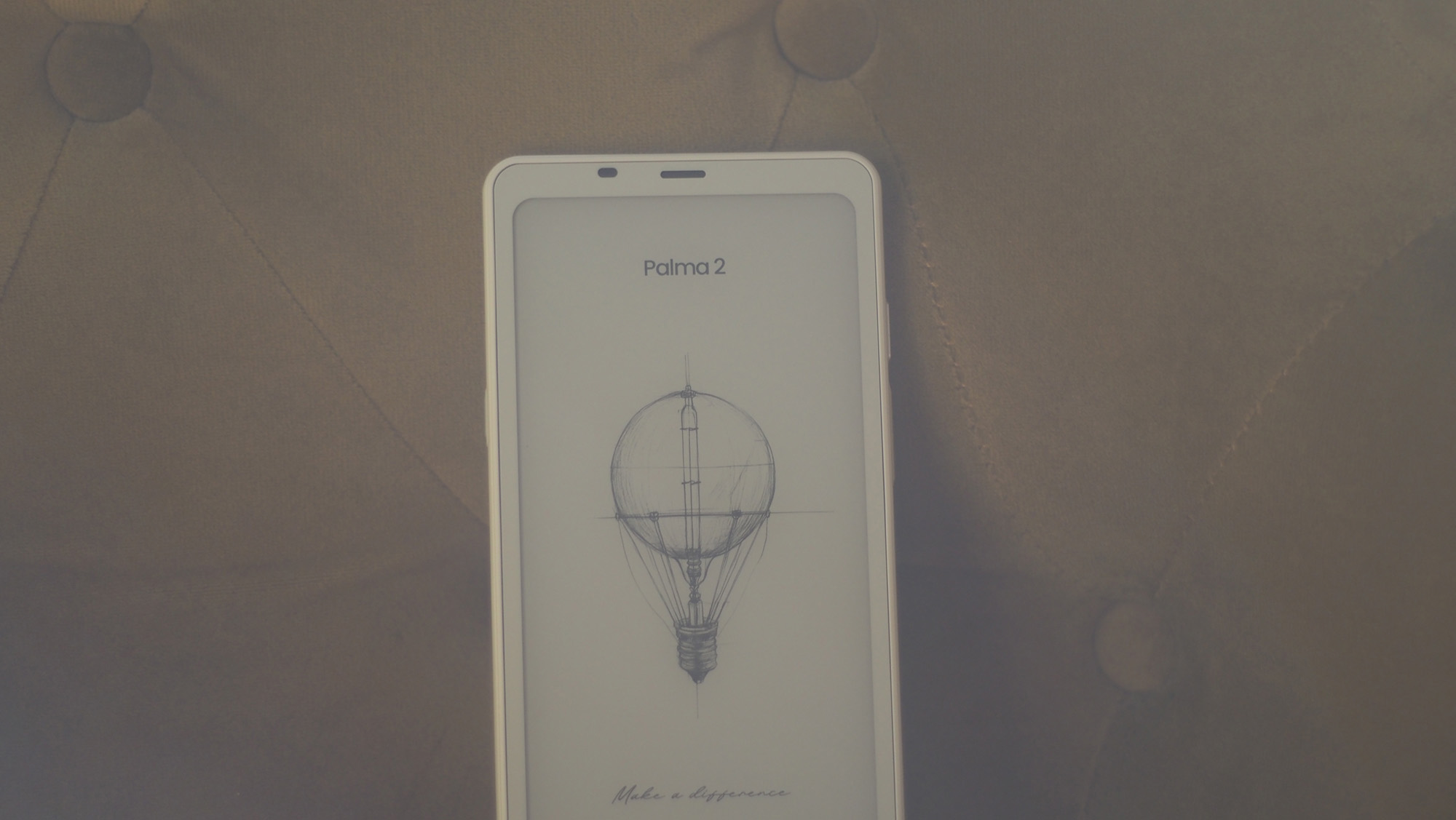
Software
• Runs Android 13
• No word on future software support
With the Boox Palma 2, the software itself is a feature, though again not something which would even be of note on a common smartphone - this e-reader comes running full-fat Android.
That means every app available on the Play Store can be downloaded. Fancy a shot of PUBG with an e-ink screen? You’d be crazy, but it is also perfectly achievable.
It dramatically expands what the Palma 2 can be used for as well. It can be an email machine, a calendar, a calculator, a note taking device, really anything you like. Whether you’ll do that is up to you, however it means that the Palma 2 can grow with your needs.
In my case, I used it to download an ePUB reader, to pull emails, and a podcast app, there’s only so much I found myself wanting to do with an e-ink display beyond the intended use case of reading.
One slight concern is software support. The Palma 2 comes running Android 13 out of the box, with the latest security update as October 2024, not the most up to date in either case. Boox doesn't give a time commitment to software support, so beyond the typical year of some devices it’s difficult to tell what the long term future of the Palma 2 might be. If it were running a proprietary locked-down system intended only for reading, that might not be an issue, but with an Android device, it means that the Palma 2 could become a security risk with time.
There are some little software tweaks to the core Android experience from Boox. A swipe to the right reveals a Library app, a link to the Boox store and to internal storage, all with the intent of making it easier to access your reading materials. Other than that, it’s the standard core Android experience.
Cameras
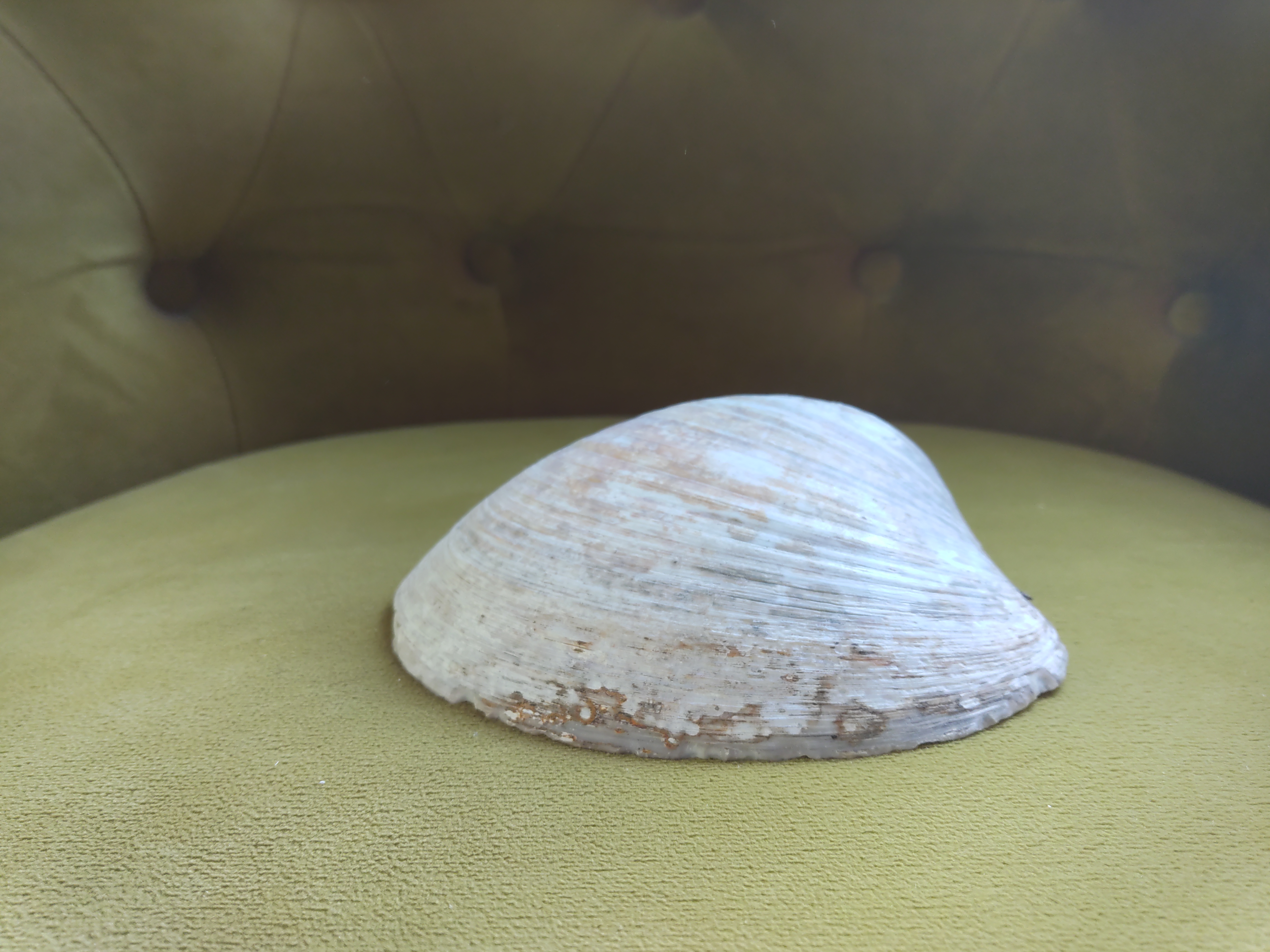


• 16MP camera
• Single flash
• No selfie camera
The Boox Palma 2 has a camera, and a flash, both of which in themselves are worthy of note merely for existing.
But the Palma 2 isn’t intended to be a photographic device in any discernible way, shape or form. It has a camera merely for document scanning, and nothing more ambitious than that should be attempted.
For its intended purpose it works well, it is indeed a quick and convenient way to scan a document, that is if you can get the picture in focus. For reasons that are unclear, the Boox Palma 2 takes a significant amount of time to achieve focus lock, and even then that can be inaccurate. It may have been a fault of the review unit I was sent, it is however unfortunate.
Needless to say, don’t drop your dedicated full-frame snapper to use your e-reader for photos on holiday, but in the tightest of pinches, the Palma 2 can indeed take photos.
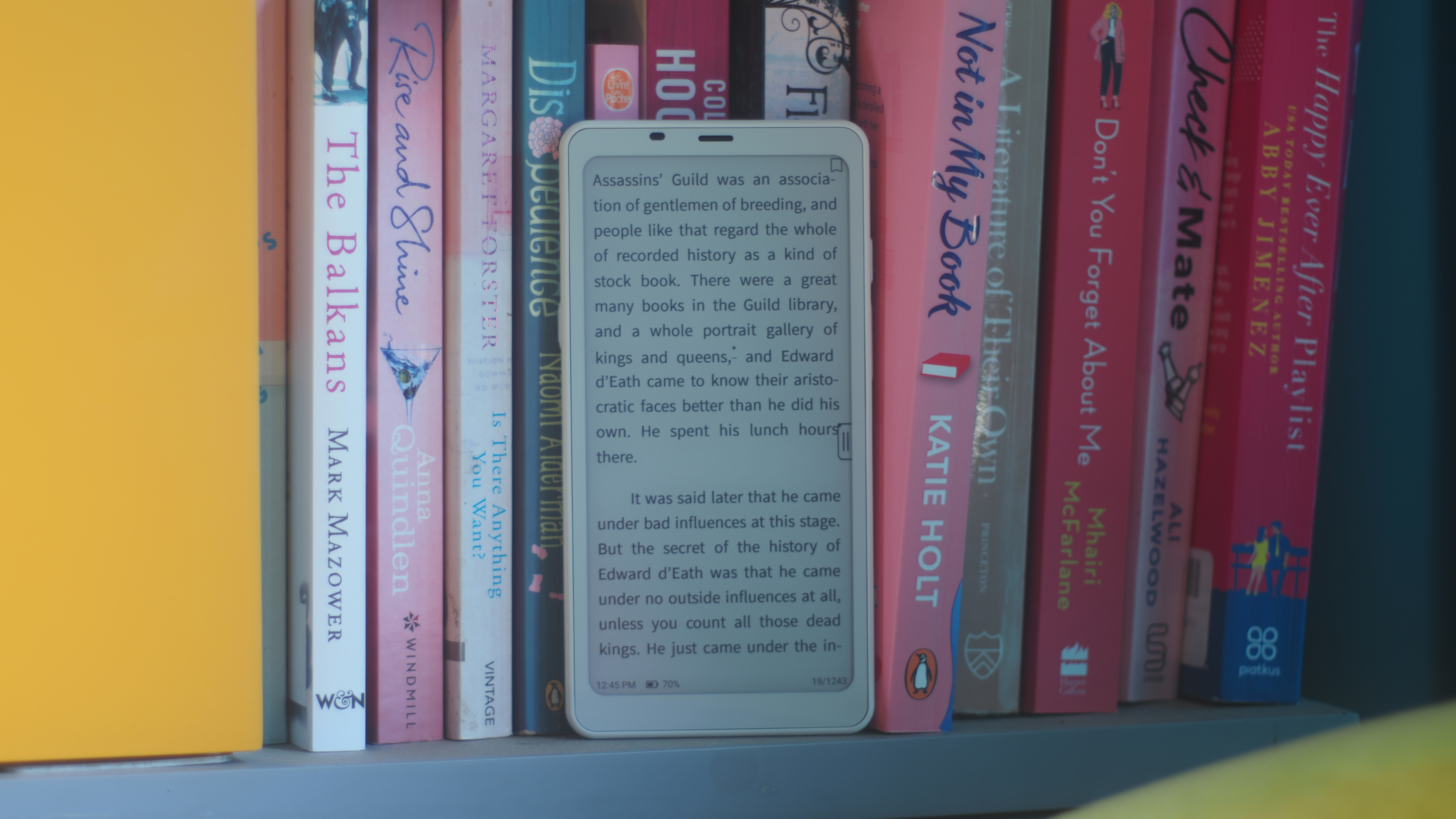
Performance and battery
• Octa-core processor
• 6GB of RAM, 128GB of storage
• 3950mAh battery
Marketers love numbers, the bigger the better, it’s a fact of life. So although we don’t have clock speeds, the fabrication node size, or really any information about the processor in the Boox Palma 2, we do know that it is ‘upgraded’ and octa-core.
It is perhaps a little redundant to expect power from an e-reader, however it would have been useful to know a little more. What we do know is that the Palma 2 has 6GB of RAM and 128GB of storage by default as well. There’s a MicroSD card slot too, meaning if you have a particularly large locally stored library, you’ll be able to expand the available storage to your heart’s content.
In terms of absolute power, the Palma 2 was quite difficult to measure. Geekbench 6 gave up the ghost every time a benchmark was launched, often a significant amount of time in. This would be a red flag in a smartphone, but with an e-reader?
The Palma 2 has enough power to get through the tasks it was designed for, reading and potentially writing. The display makes games and video a no go, however if you were planning to complete anything CPU intensive while also reading, you’ll be disappointed.
Battery life is an interesting story. The great benefit of e-ink displays is that they don’t have backlights, meaning they are orders of magnitude more energy-efficient than even the most modern of OLED panels.
So the 3,950mAh unit in the Palma 2 might not seem large when compared to a modern smartphone, but with a frugal processor and an entirely different use case, it has the potential to be a battery champ.
And that it is, again with the proviso that this was time spent reading and reading alone. Across four days or so of use, reading for an hour a day, the battery dropped to around 50%. When the screen is off, the device is functionally too, turning off wifi and the works, so battery drain when not in use is less than negligible.
So to put it simply, if you like to read, the Palma 2 will very likely be able to keep with your habits.
Who is it for?
If you like to read on your phone but want to avoid hand and/or eye strain, the Palma 2 is an attractive proposition.
Should I buy the Boox Palma 2?
The Boox Palma 2 is an accomplished device that achieves a great deal of what it sets out to do, but we knew that before we unpacked it, why? It’s a very, very minor refresh of its older sibling, the Palma.
Beyond a slightly more powerful processor and fingerprint sensor, there’s literally nothing to differentiate the two. The design is identical, indeed everything is identical, it isn’t a ‘2’ so much as a ‘SE’, and that naming is what hampers it here. If we take it as a slight refresh then it is successful, but a sequel it ain’t.
None of that is to detract from the fact that it is a well-made and unique device, but you can get the exact same experience from the original, which is still available and for £/$30 less. Whether a very slightly faster processor and a fingerprint sensor justify that upgrade is entirely up to you.
out of 10
The Palma 2 is an accomplished e-reader that ticks off all the basics and then some. It is comfortable to use, has great battery life and a high quality e-ink display. Its main weakness? The original is 5% cheaper and 99% the same, leaving the sequel without a clear reason to exist.
You must confirm your public display name before commenting
Please logout and then login again, you will then be prompted to enter your display name.
